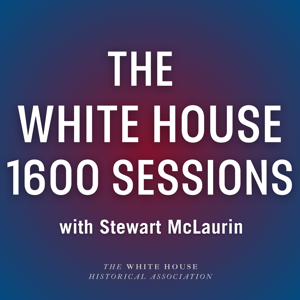Gary J. Walters was an integral part of White House history during a 37 year career in which he served seven presidents and their families. Stewart McLaurin, president of the White House HIstorical Association, sat down with Gary to recount some of the moments he witnessed which are also captured in the new book White House Memories 1970 - 2017: Recollections of the Longest Serving Chief Usher. Gary started his tenure at the White House during the Nixon presidency as an Executive Protective Service officer. In 1976 he became an assistant usher under President Gerald Ford. When Gary was named Chief Usher in 1986 he took on a job that transcended politics. The Chief Usher oversees the day to day operations of the Executive Mansion and grounds, managing the Residence staff and a space that is uniquely many things: a living museum, a ceremonial and working space, as well as a home. In this episode, Gary recounts the joys and challenges of elegant State Dinners and decorating for the holidays, and reflects on solemn moments such as the assassination attempt of President Ronald Reagan and the events of September 11th, 2001. Foremost in his mind was making sure the presidents and first families were comfortable and afforded privacy during what were often stressful times. When he retired in 2007 after 21 years as Chief Usher, Gary received the President's Award for Distinguished Federal Civilian Service from President George W. Bush. Remarkably, Gary continues to serve by directing the proceeds from his book to the mission of the White House Historical Association: to share the history of the White House, the People's House.
White House Memories 1970 - 2017: Recollections of the Longest Serving Chief Usher by Gary J. Walters, published by the White House Historical Association, will be released at the Association's Annual Holiday Book Festival on December 5, 2025. You can order a copy at shop.whitehousehistory.org.




































